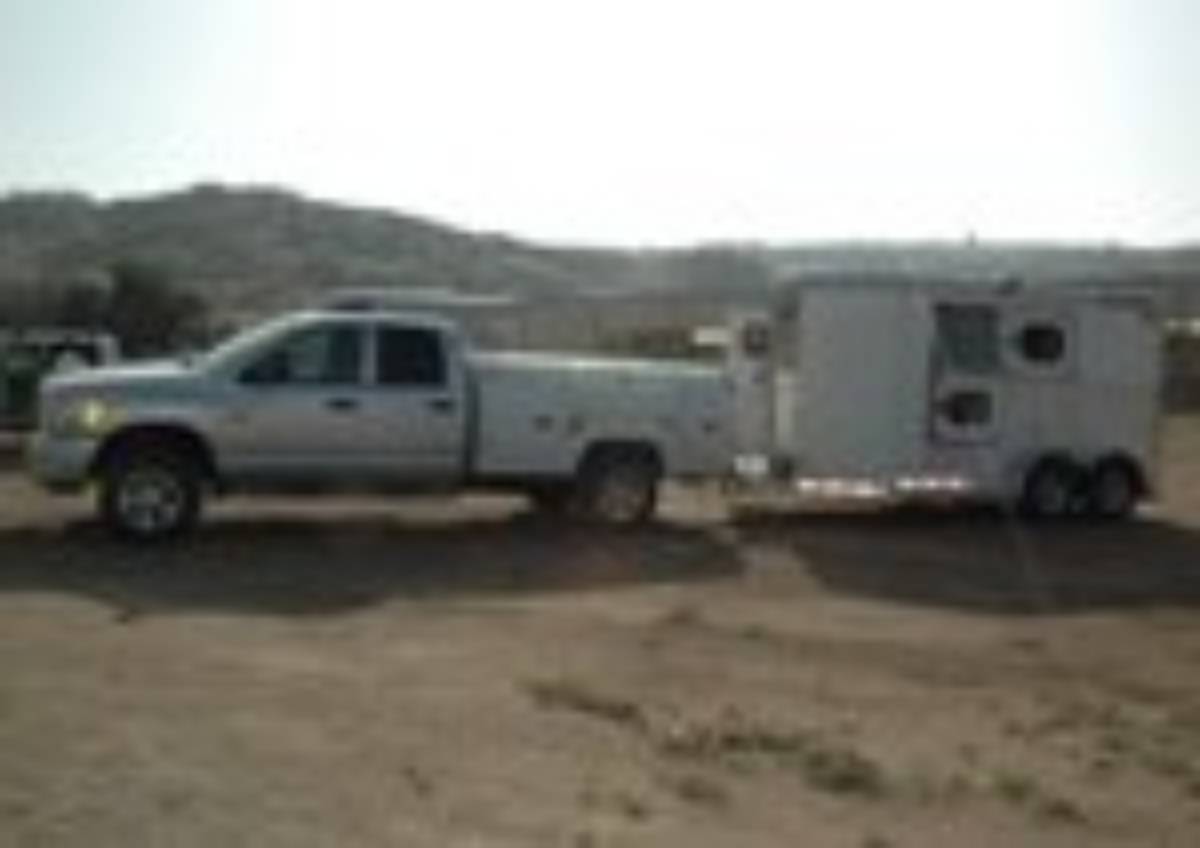
TIPS ON MERGING WHILE PULL …

How many tDSC 0002-150x106imes have you encountered this scenario?: You’re driving in a merge lane, accelerating your vehicle to match traffic on the highway, then all of a sudden the vehicle in front of you comes to a complete stop, or is driving too slow to merge safely.
Expressways, interstates and other multi-lane, limited access highways are built with merge lanes that are designed to provide room for most vehicles to speed up to highway speeds so drivers can merge smoothly with moving traffic. Unfortunately too many drivers do not grasp this concept. Exiting the highway seems to cause just as much confusion for some drivers. You’ve no doubt encountered drivers who, as they near their exit, throw on their brakes and slow down while in the lane of traffic and before they reach the deceleration lane.
Again, those roadways are designed with exit ramps specifically to provide room for a vehicle traveling at a high rate of speed to safely move out of the line of traffic and then slow down. Failing to use merge lanes and exit ramps properly not only disrupts traffic but also contributes to numerous accidents.
“Safe travel on a freeway is all about flow, and anything that disrupts the flow of traffic can cause an accident,” said Mark Cole, managing member for USRider, the national provider of roadside emergency assistance for equestrians. “While driving too fast is a problem, driving too slow can be as well,” he added.
While driving safely is important for everyone’s safety and welfare, it is particularly important for vehicles that are towing trailers.
While it is best for a merging vehicle to accelerate to the speed of the other vehicles on the interstate, factors such as terrain, available space and design hamper the ability of a truck and trailer to get up to speed in time.
USRider offers these steps for executing a safe merge:
- As you drive in the merge lane, or on-ramp, use your mirrors to check traffic speed. (Before starting a trip, check to ensure that your mirrors are properly adjusted. In addition, convex mirrors on both sides are a must for checking traffic in your blind spots.)
- Signal and accelerate as close as possible to the speed of the other vehicles.
- Keep checking the freeway traffic by looking in your side view mirror and over your shoulder, being sure to check that no one is in your blind spot.
- Keep glancing at the vehicles ahead of you to make sure they aren’t stopping or slowing unexpectedly. Allow extra distance between you and the vehicle ahead to prevent a rear-end collision in case someone stops. Also, check to see how much shoulder space is ahead as an emergency option.
- Increase the speed gradually at the acceleration lane. You shouldn’t cross the white or yellow solid line separating the acceleration lane from the freeway.
- Find a gap in the traffic flow before attempting to enter. Be sure the gap is large enough for your tow vehicle and trailer.
- Before entering a traffic flow, adjust your speed to the flow’s speed. In other words you should move at nearly the same speed as other cars on the highway.
- Turn off your turn signal once you are traveling in the through lane.
It is very important that you do not stop in a merge lane, except in an emergency, such as the vehicle in front of you stopping or if the traffic on the highway is very heavy and provides no space for a merge, as this can put you at a high risk for a rear-end collision. It will be very difficult to accelerate quickly enough from a standstill to safely fit into the traffic flow. Rather, maintain your speed to join smoothly with the traffic flow.
Like any other maneuvers, merging requires a driver’s ability to do several things at once. “When merging onto a highway, it is very important to give it your undivided attention,” said Cole. “This means that you should minimize any distractions and no talking on the cell phone.”
Confidence is the key, and practice can increase your confidence. Don’t forget to practice good driving etiquette and to obey the law, this will help you to perform nearly perfect merges.
“It is also important to make certain that your tow vehicle is properly matched with your horse trailer so you can perform these maneuvers safely,” said Cole.
Here are some helpful reminders about safe exiting of a highway:
- Move into the proper exit lane.
- Signal before entering the deceleration lane.
- Maintain your speed until you are off the highway and in the deceleration lane, then slow down to the exit speed limit.
It is important not to exceed the posted speed at an exit ramp. “This is especially true with a vehicle that is towing a horse trailer because a loaded horse trailer has a high center of gravity and could turn over easily,” added Cole.

















